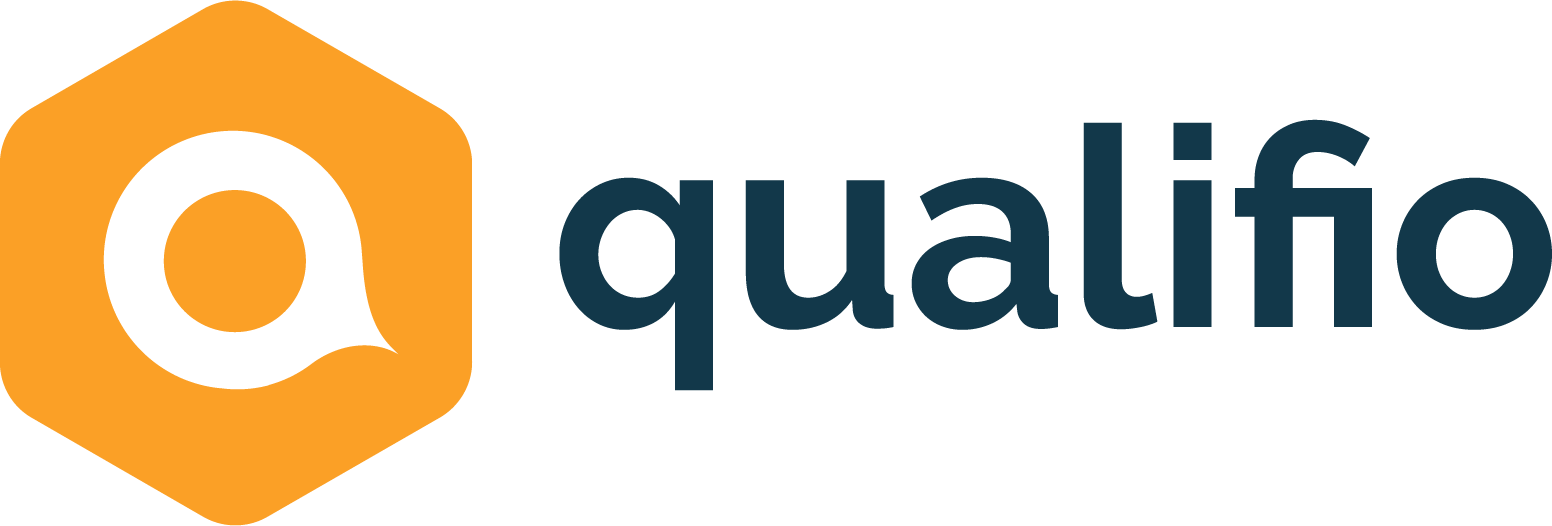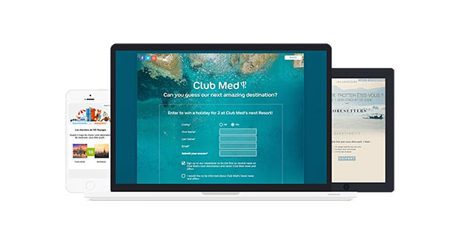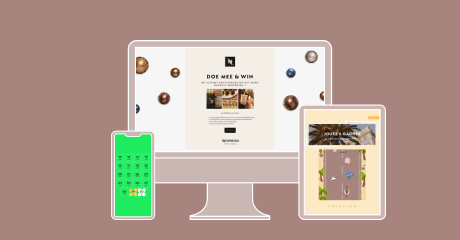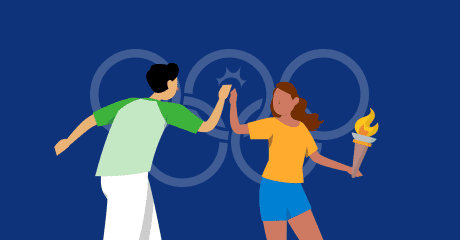5 brilliant ideas from travel companies which personalise their marketing
Everyday, your audience is being flooded with ads, and getting to them has become a real challenge. In today’s digital advertising, users are increasingly ignoring banner-like information while browsing websites — a phenomenon called “banner blindness.” The key to combating it? A smart strategy that helps you identify your prospects’ needs in order to deliver tailored messages and suggest relevant offers that fit their unique profile.
According to a 2017 research by Accenture, “3 in 4 travellers want companies to personalise their communications, and use previous travel information to help them make better travel decisions.” What does that mean for travel marketers?
Personalised marketing is now a must-have.
In this article, we gather 5 ingenious ideas from some of our clients from the travel and tourism industries who harness interactive and data-driven marketing to stand out and create personalised marketing messages. We show you how to benefit from interactive formats to segment, engage, convert and establish brand loyalty.
1. Collect accurate data
At the root of all personalisation strategies is segmentation, which means you have to divide your database into groups of prospects who have the same taste or similar purchasing behaviour, for instance. This step is absolutely crucial to help you deliver the right message to the right person at the right time. So how can you know what your audience’s really into? Call upon your creativity!
The good idea: a personality test
For The Globesetters Society, a high-end French travel agency, the personality test format seemed like the obvious choice to segment their audiences. Visitors were invited to “discover which type of globetrotter” they were. This allowed Globesetters’ marketing team to collect various valuable data through a questionnaire, including things like their favourite type of vacation and their family’s size. This was made possible thanks to visually appealing and highly engaging mechanics (participants could win a prize by taking part in the test).
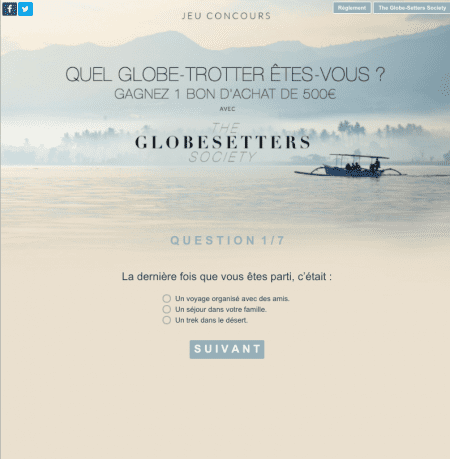
…or battle and Tinder-like formats!
The personality test is far from the only interactive format that allows you to segment your audiences. For its brand GO Voyages, eDreams went with the battle format in order to collect data on their visitors’ preferences. Through a destinations duel in which participants had to choose between two countries, eDreams managed to separate visitors into several categories of travellers and later target them with ads that matched their interests.
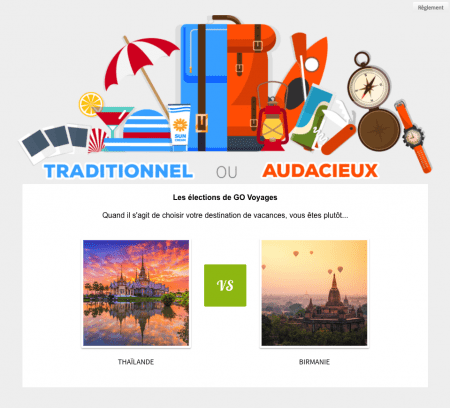

NB: Another very popular format that’s equally effective is the swiper. If Tinder made it popular, many brands already use it to interact with their prospects and/or clients. Through photo-based binary questions, the swiper makes it possible to segment your audiences further, while offering them a fun, mobile-first format.
2. Choose engaging formats
In addition to making audience segmentation easier, interactive marketing is by design much more engaging than “conventional” marketing campaigns. A well-thought interactive campaign not only enables interaction between you and your audience but also sparks conversations and virality, as well as a sense of community among the participants themselves.
Give them room to express themselves with a photo contest
Capitalising on the idea that people like to share their experiences and holiday memories, OuiBus created a contest that was highly engaging for their users: a photo contest. Each participant had to submit their best vacation photo and vote for their favourite one among the other submissions. What was at stake? A ski trip with their campaign sponsor, Pierre & Vacances.
NB: This format also works with videos, GIFs or text (writing contest).
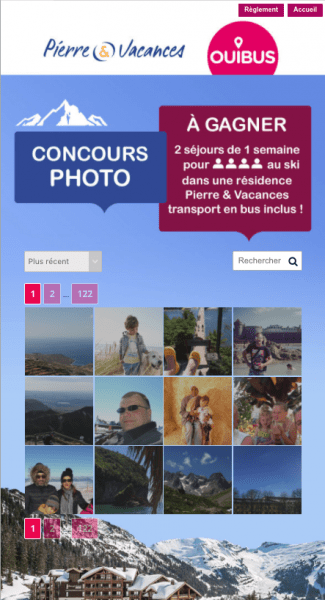

3. Make them loyal
You’re almost there: interactive campaigns allowed you to get to know your audience and segment your database, personalise your communication flows and boost your engagement rate. However, if you are to make your successes last in time, your campaigns have to encourage your audience to come back. How? Certain formats are ideal for helping you get there…
The “try again tomorrow” quiz
A quiz that requires users to come back to your channels each day to try again or figure out what’s next is a great way to build brand loyalty. Thus, Brussels Airlines offered members of their Loop frequent flyer program a chance to win tickets to Tomorrowland. Participants in the quiz could increase their chances to win by coming back each day.
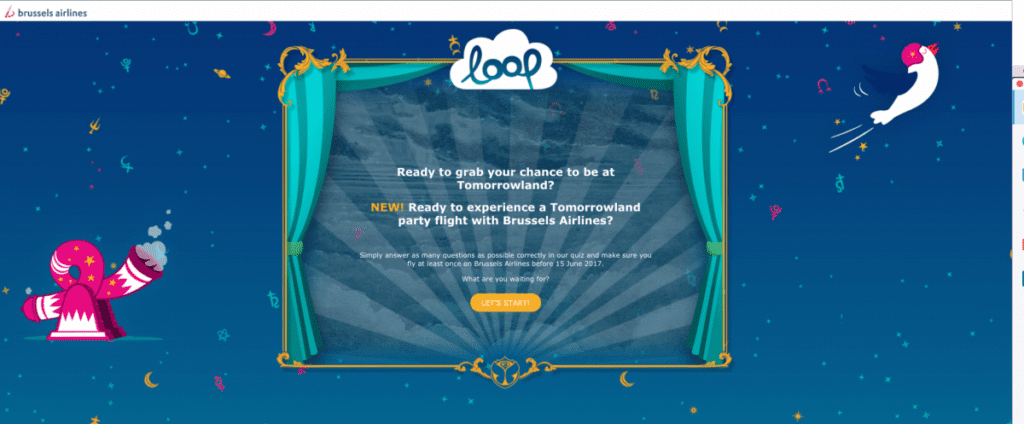

That way, the airline managed to fulfil a triple purpose: loyalty (by encouraging users to come back on a daily basis), acquisition (by promoting the exclusive benefits of the Loop program with non-members who couldn’t take part in the contest), and data collection (finding out who among their audiences was interested in the festival).
Advent calendar: a new gift every day!
In a campaign with Qatar Airways, eDreams has been using an advent calendar to maintain daily contact with its audience. The campaign gave its participants a chance to win a new gift every day, such as a travel pillow, a scratch map or a trip for two offered by the partner. One of the most addictive formats!
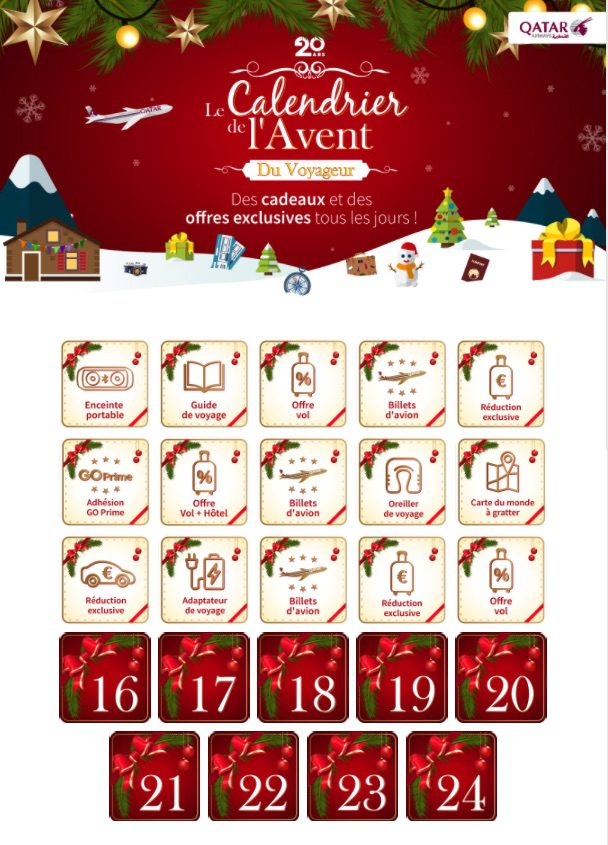

Conclusion
These few customer stories are illustrative of the power of interactive marketing to collect data and generate leads. It also shows that boosting both engagement rate and building loyalty towards your brand doesn’t necessarily have to be complicated.
Giving your audience a reason to interact with your brand (instead of passively scrolling) can easily result in people being more likely to invest and engage.
With the right tool, you can use various formats that will fit each of your goals, without the need for code. All it requires is a clear objective and a little creativity. No excuse!
